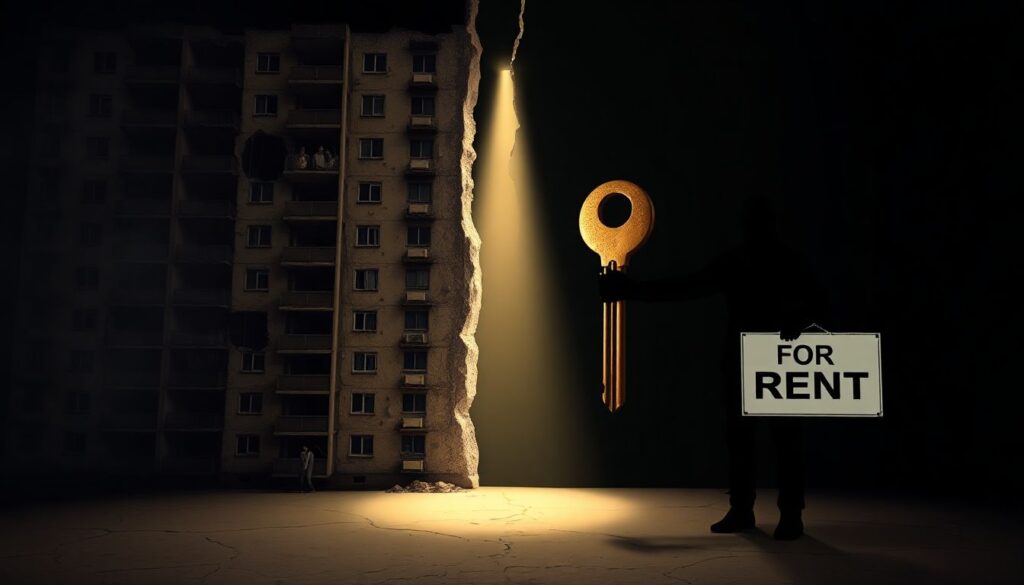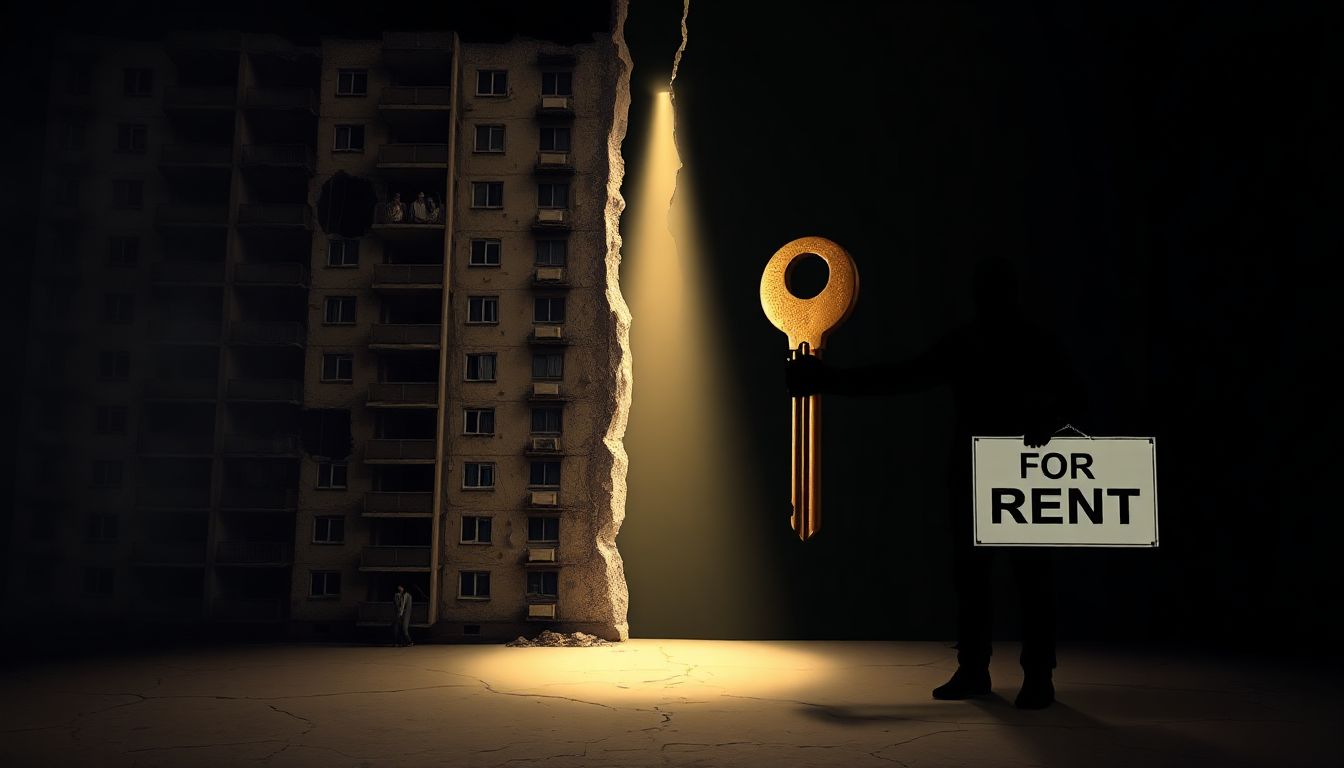
Millions of American families count on the Section 8 Housing Choice Voucher Program. This vital program helps low-income families, seniors, and people with disabilities afford safe homes. It plays a big role in stopping homelessness and making communities strong (HUD.gov). The program helps people find housing they can pay for, easing money worries.
Many people wonder about Donald Trump’s plans for Section 8. Concerns have grown due to past talk and budget ideas. This article looks into the truth behind these worries. We will check policy proposals and actions under his past time in office. We will also think about what could happen in the future regarding housing aid (AP News).
Understanding the Section 8 Housing Choice Voucher Program
How Section 8 Works
The Section 8 program provides rental help. It is funded by the U.S. government through the Department of Housing and Urban Development (HUD). Local housing authorities give vouchers to eligible families (HUD User). These vouchers cover a part of their rent. Families must meet income rules, often earning less than 50% of the area’s median income. They also need to be a U.S. citizen or an eligible immigrant. Once a family gets a voucher, they can find a home from a private landlord. The landlord agrees to accept the voucher, and the housing authority pays part of the rent directly.
The Impact of Section 8 on Low-Income Households
Section 8 makes a big difference for those who use it. It gives families stable housing, which helps children perform better in school and improves overall health (Urban Institute). Many families can move to neighborhoods with better schools and job opportunities. Reports show Section 8 helps over 2.3 million households nationwide (SF Chronicle).
Examining Donald Trump’s Stance on Housing Vouchers
Past Proposals and Rhetoric
During his time as president, Donald Trump’s administration suggested big changes to housing aid. Some proposals aimed to shift more housing costs to tenants, requiring them to pay more of their income toward rent (Center on Budget and Policy Priorities). Public statements sometimes emphasized reforms for efficiency, but critics worried these would harm vulnerable families.
The 2019 HUD Budget Proposal
A major moment was the Trump administration’s 2019 budget proposal for HUD, which called for deep cuts to housing programs, including Section 8 (Washington Post). It also suggested raising the minimum rent for voucher holders and letting housing authorities set their own rent standards. Advocates argued these steps would make it harder for families to find affordable homes (NLIHC).
Potential Impacts of “Ending” or Reducing Section 8
Economic Repercussions
Cutting Section 8 would cause huge economic problems. More people would struggle to pay rent, leading to rising homelessness (Stateline.org). Shelters and social services—already stretched thin—would face higher demand. Landlords who depend on Section 8 income could face losses, creating ripple effects in local economies.
Social and Community Effects
Big cuts would hurt vulnerable groups, forcing families into unstable housing. This could deepen segregation, harm children’s education, and increase health risks (PBS). Communities would lose stability, and hardship would rise.
Real-World Examples of Program Vulnerability
Even small cuts or freezes cause problems. When funding is uncertain, housing authorities stop issuing vouchers, creating long waiting lists (Shelterforce). Some landlords exit the program due to delays or new rules, leaving voucher holders with fewer options. In recent budget debates, advocates warned that over 1 million low-income households could lose their homes (AP News).
Alternative Housing Policies and Their Potential
Housing First Models
The Housing First approach prioritizes housing without conditions, then adds support services. Studies show it is effective for long-term stability, especially for people with health or substance use issues (Local Housing Solutions). Pairing Housing First with vouchers could strengthen safety nets.
Investing in Public Housing
Another strategy is direct investment in public housing—building and repairing government-owned homes. This increases the stock of affordable units while boosting local economies through construction jobs (CHPC).
What Section 8 Reforms Could Look Like
Tenant Protections and Rights
Future reforms could strengthen tenant protections. This means ensuring landlords charge fair rents and stopping discrimination against voucher holders (HUD.gov). Stronger protections would reduce unfair evictions and help families stay stable.
Streamlining the Voucher Process
The voucher process is often slow. Reforms could include faster approvals, online portals for payments, and simpler rules for landlords. These changes would increase landlord participation and help families move into homes quicker (Urban Institute).
Conclusion: Navigating the Future of Housing Assistance
Concerns about Donald Trump’s plans for Section 8 are real. While no action has fully ended the program, proposals for cuts have created uncertainty (NLIHC).
Section 8 is a lifeline for millions of Americans. Cutting it would cause severe economic and social harm. Staying informed about housing policy and advocating for affordable housing programs remains critical (Washington Post).



